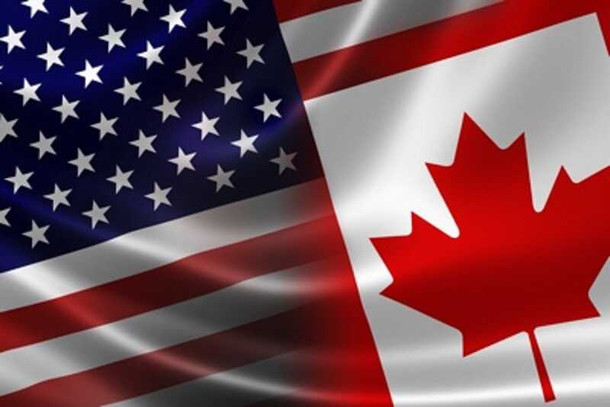The focus of traders' attention today will be the meeting of the Bank of Canada, which will end with the publication at 14:00 (GMT) of the decision on the interest rate.
Following the previous meeting in April, the central bank of Canada left the target value of the one-day interest rate unchanged at 0.25%. The central bank said it still intends to keep the key rate at 0.25% until the Canadian economy overcomes the current downturn, and annual inflation will not consistently reach 2.0%. Given the improved economic outlook, this should happen in the second half of 2022, while the previous forecast pointed to 2023.
At the same time, the Bank of Canada announced that the increase in the key rate could happen faster than previously thought, and also announced a slowdown in the pace of quantitative easing due to improved economic outlook. Since last fall, the regulator has been purchasing bonds worth at least CAD 4 billion weekly, and now the bank will slow down the rate of purchases of government bonds to CAD 3 billion per week.
The change in stimulus measures "reflects progress in economic recovery", the Bank of Canada said, noting, however, that economic recovery is largely dependent on developments in the coronavirus situation and the pace of vaccinations.
In Canada, the third wave of the Covid-19 pandemic continues, which has led to new restrictions on economic activity in many regions of the country. The impact of the third wave of the pandemic, according to central bank economists, will be significant, however, it will be temporary, as vaccinations continue in the country, and businesses and consumers adapt to coronavirus restrictions. Fiscal and monetary support, demand for Canadian exports and rising commodity prices should spur Canada's GDP growth this year, the central bank said.
Overall, the Bank of Canada expects GDP growth of 6.5% in 2021 against an earlier forecast of 4.0%. In 2022 and 2023, GDP growth is expected at 3.7% and 3.2%, respectively. This is a very positive assessment of the prospects for the national economy in the coming years.
The Canadian dollar, which continues to benefit from surging oil prices, Canada's top export commodity, is likely to continue to strengthen and rally against the US dollar in the months ahead, as the Bank of Canada may announce a further curtailment of asset purchases today. Markets are already taking into account 25 basis points rate hike in 2022 in CAD quotes, but signals of a faster curtailment of asset purchases may fuel expectations that a rate hike may take place earlier next year, which will improve the position of the Canadian dollar, as well as put pressure on the USD/CAD pair.
There are also factors holding back the CAD strengthening. In addition to the third wave of the coronavirus pandemic in Canada, the CAD is being negatively impacted by deteriorating data from the national labor market.
As the country's National Bureau of Statistics reported last Friday, employment in Canada fell for the second month in a row in May, stronger than expected. In May, the Canadian labor market lost 68,000 jobs (forecast was -20,000 jobs after a decrease of -207,100 jobs in April), and unemployment rose to 8.2% from 8.1% in April. Thus, employment in Canada remains 3% lower than in February 2020, ahead of the coronavirus pandemic.
No changes in the parameters of the current monetary policy of the Bank of Canada are expected today, but market participants will carefully study the accompanying statement of the bank regarding the current economic situation in the country and the prospects for monetary policy. The harsh tone of the accompanying statement by the Bank of Canada on rising inflation and the outlook for monetary policy will cause the Canadian dollar to strengthen.
On the other hand, given the increased attention of central banks, including the Bank of Canada, to the national labor market, the bank's management may make more restrained statements regarding the possibility of a soon start to curtail the stimulating policy. If the rhetoric of statements by the bank's management is even softer than market participants expect, then the Canadian dollar may weaken, and the pair USD / CAD, which has been trading in a narrow range near 1.2100 for the 4th week in a row, will rise.





